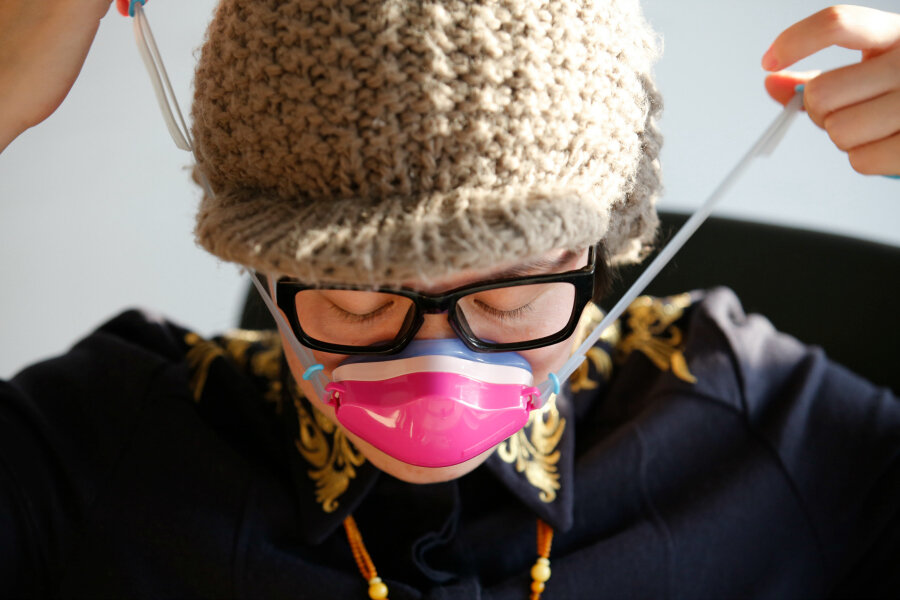An app pushes factories in China to cut pollution
| OXFORD, England
When environmentalist Ma Jun set out to tackle pollution from Chinese industries, it seemed a near-impossible task.
Taking polluting factories to court was difficult. Factory owners were powerful, and the incentives were stronger to cut environmental corners than comply with regulations.
But China's government, worried about public anger over worsening pollution, had begun collecting real-time emissions data from factories and when Ma asked for water pollution data be made public, officials agreed, giving him fodder for an app.
"I was very surprised when the government said yes," he said at the Skoll World Forum on Entrepreneurship, where he was awarded a $1.25 million prize. "This is a clear sign of the political will of the central government to solve the environmental problem," he said.
Using the data, Ma's Institute of Public and Environmental Affairs (IPE) built a mobile phone app that lets users see on an hourly basis whether a factory or power plant near their home is violating pollution standards.
It has been downloaded by 3 million people in China.
Violations pop up as a red square on a map and can be tagged on social media, often to the local environment agency's account on Sina Weibo, a popular Chinese hybrid of Facebook and Twitter.
As a result, factories that used to pay fines year after year are facing new sources of pressure, Ma said.
The IPE also brought the violations to the attention of multinational companies such as Apple, Gap, and Uniqlo, which source products from the offending factories. Within a month of contacting the first 29 companies, 28 agreed to act, Ma said.
"At the beginning, [factories] were resistant," Ma said.
But as growing numbers of buyers told them their contracts were at risk, that changed.
"They decided it was time to fix it," he said.
Today, more than 1,800 factories and 120 international firms have taken steps to reduce pollution because of public pressure brought about by the app, Ma said.
Using additional air pollution data now included in the app, 380 cities in China can check their air quality hourly.
Wang Bidou of the Shandong Environmental Protection Bureau said letting the public use real-time data to hold polluters to account was "a warning to all of the 15,000 companies on the pollution map."
The eastern China province, a heavy coal user, has been one of the most active provinces in addressing pollution, Ma said.
Ma said the success of Beijing-based IPE's initiative has helped the Chinese government become more confident about transparency and pollution control.
Since agreeing to release water pollution monitoring data, the government has opened access to emissions data from state-owned enterprises, steel companies, and coal-fired power plants.
This year, a new environmental protection law came into effect that for the first time gives people the right to know about, participate in, and supervise environmental efforts.
Providing citizens with access to real-time company emissions data puts China ahead of most other nations, Ma noted.
Taking on China's polluters has not been easy. When violations are pointed out, some factory owners "are in a very bad mood, some are threatening," Ma said.
But several things helped his project, including the fact that its data is based on government monitoring.
"We are looking for a solution. We don't want to destroy them ... This is about helping transform our economy," he said.
(Editing by Megan Rowling and Belinda Goldsmith)
• This article originally appeared at Thomson Reuters Foundation, a source of news, information, and connections for action. It provides programs that trigger change, empower people, and offer concrete solutions.





